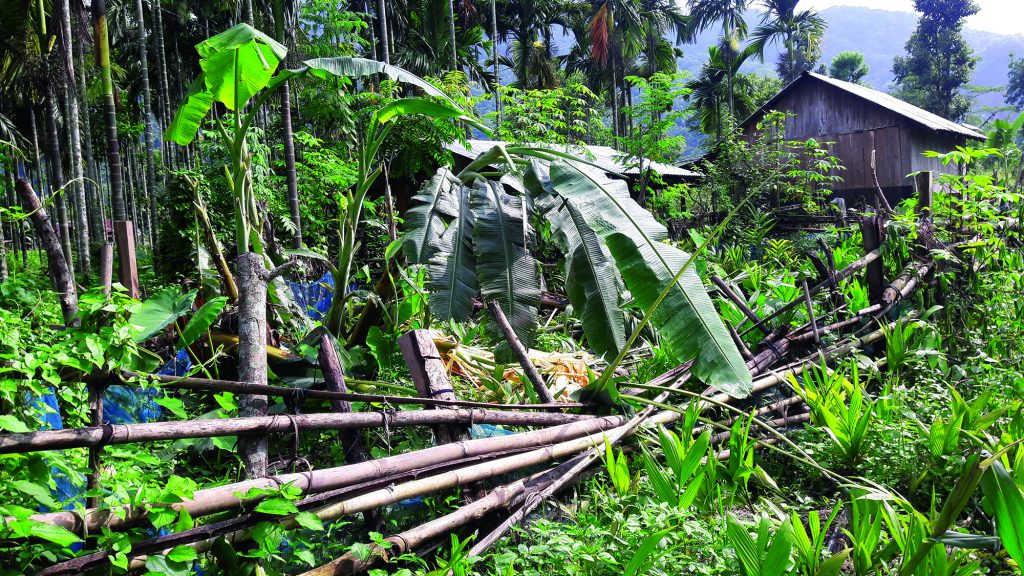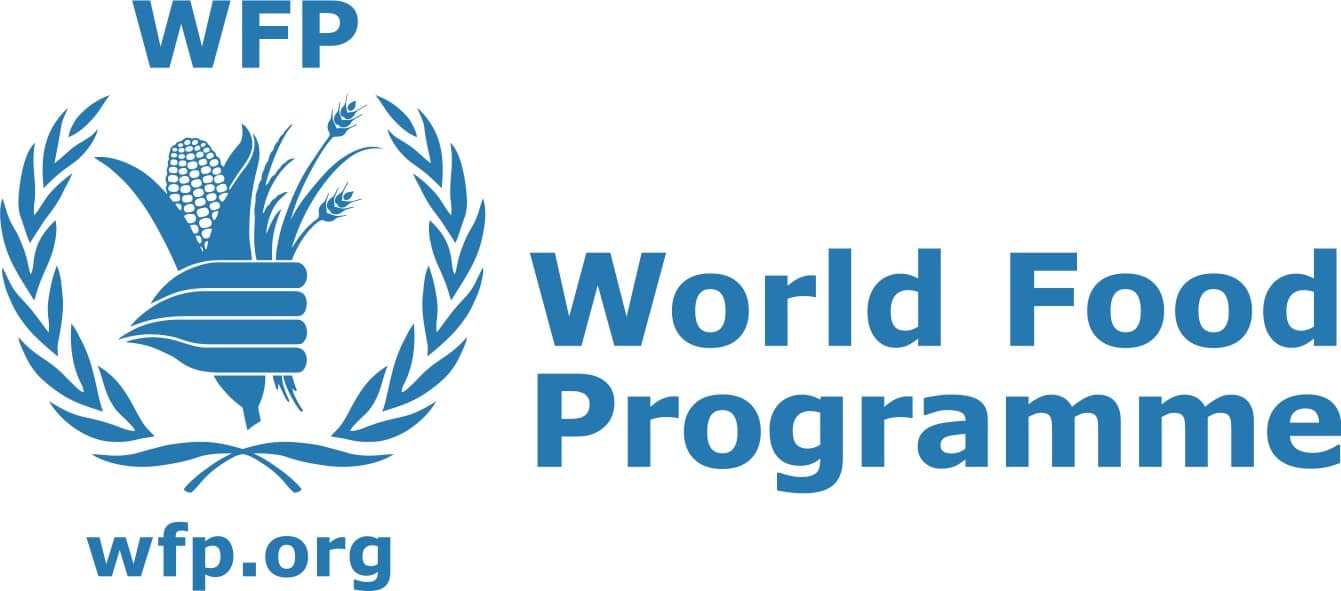Villagers of Nichula gewog fear extreme predation from the wild animals inhabiting Phibsoo Wildlife Sanctuary (PWS) in Dagana Dzongkhag.
The villagers are worried about their future if the wildlife attacks on their crops continue. Since the gewog was integrated with the Phibsoo WC, wildlife predation on their crops has increased, according to them.
Nichula gewog is known for its fertile soil where varieties of crops can be cultivated. But with the increasing number of wildlife attacks, the villagers are not so interested in farming. They cultivate for their consumption only. While human wildlife conflict has been prevalent across the country, the people of Nichula say that integrating with PWS has increased wildlife predation to their crops.
The communities fear that with the increasing damages they might have to leave their fields fallow. Already, the farming trend has decreased over the years among the farmers. They say that around 40% of the total yield is damaged annually by the wild animals. Elephants, wild boars, deer, porcupines and peacocks are the prime predators.
Recently, a farmer lost four goats to a tiger. Other villagers also lost goats and calves to the feline a few years ago.
Five villages of Daragaon, Katarey, Ahaley, Solmoley and Bichgaon fall under the buffer zone of the sanctuary.
Farmers claim that the officials assured necessary and timely support for the villagers while obtaining clearance. Individual households were promised electric cooking appliances like rice cookers and curry cookers to reduce dependence on firewood. They were also promised CGI sheets and fencing against wild animals. There are solar fences along the fields but villagers say these are ineffective to ward off wildlife. Villagers feel that it is unnecessary to include settlements and farmlands inside the zone. Almost all the farmers have reported of crop damages.
The villagers say that PWS had also promised LPG cylinders for the villagers during the consultation meeting.
However, it has been more than three years now and still many of the promises have not seen the light of day. Recently, they PWS distributed 40 rice cookers and 39 curry cookers to the villagers. Six sets of gas stoves and cylinders were provided to five chiwogs and a temple so far. Also six 15 liters rice cookers were provided. The cooking appliances were provided to only poor villagers after assessing their financial situation. “Every villager in the gewog is poor without reliable source of income except farming. And now only few are provided with the facilities, we are confused,” Tulsi Ram said.
The farmers were also promised compensation for damaged crops, but not a single farmer has received it so far. They were also promised safety boots, flashlights and immediate support to chase away the animals. But during elephant attacks on the crops, the farmers say that they have to first report to the Chiwog Tshogpa who will then report to the Gup. The forest guards come to the scene after receiving the report from the Gup. “The process is so lengthy that by the time the guards arrive at the scene, the animals would flee after damaging our crops. It’s so funny,” said Karna Bdr. Powdyel from Bichgaon. The villagers were also later asked to recruit village volunteers. Initially they were told that forest guards would do the duty of chasing the animals. The villagers have stopped informing the concerned agencies which they feel is a waste of time.
Without any other source of income, the villagers rely on the food crops for their survival. Paddy is the prime crop. Jaya Narayan is another villager from Katarey who has felt the brunt of human wildlife conflict. “We are losing hope to cultivate as we are not spared. We have not received any compensation for our damaged crops. We spend sleepless nights guarding our crops,” he says. He guards his crops from the predators for the entire season.
The villagers have started a community forest in around 300 acres from where they extract timber and firewood for their personal use. Since the forest does not have access to roads, there are challenges in tapping the resources, the villagers say. There is forest cover near the villages but they are restricted tap any resources as they have to use the community forest which is farther away. They however can collect dried branches for firewood. The forest is becoming home to many wild animals which is a concern for the villagers. “We thought we can collect firewood from the nearby forest but it didn’t happen,” a farmer on anonymity said.
Rudra Bdr Bista from Bichgaon said that he has left his land fallow because of the wildlife predation on the crop. His land falls right in the middle of the forest. “We are not against integration as it is for the nation. But we would be happy to receive whatever was promised as it would help us in many ways,” he said.
The villagers have started bee keeping in small scale to ward off the elephants as per the advice of park authorities. They have also started feeding salts to the elephants which was also advised by the authorities. But it has only increased the elephants’ arrival near the communities, they said.
The farmers also spent on nets and other materials to guard their crops against the wild animals. Cultivation of crops has declined leaving fields fallow. And this in turn has created a vicious circle of wildlife visitation.
Nichula Gup, Dilip Gurung said that facilities were provided as promised. He however said that the farmers are yet receive some other facilities. “They might deliver the facilities later in the future,” he said.
If the wildlife predation continues, the villagers worry about increasing rural-urban migration without alternative source of income. “We will be compelled to search for employment outside,” a farmer said.
More than 200 square kilometers of Nichula gewog having 162 households fall under PWS. There are more than 1,500 people in the five chiwogs of Nichula.
Lhamoizhingkha-Tashiding Member of Parliament, Hemant Gurung said that he is aware of the situation and is constantly keeping in touch with the park management. “We expect the management to fulfill whatever promises that the people were promised,” he said.
The park management said that the cooking appliances were provided based on a survey conducted by the gewog and park management. The management denied making such promises during obtaining clearance from the community. The management also said that crop compensation has been lifted nationwide. “All the facilities provided so far is our intervention to reduce human wildlife conflict and dependency on forest for firewood for the community,” an official said.
So far, the park management has provided solar fencing to the fields which was given as per the recommendations from the community. The officials say that the villagers are not clearing bushes nearby their fields which otherwise would help them in guarding their crops.
The Phibsoo Wildlife Sanctuary is the second-smallest national park in Bhutan, covering 268.93 square kilometres in western Sarpang District and southeastern Dagana District along the border with West Bengal. It is connected to Jigme Singye Wangchuck National Park and Royal Manas National Park via a “biological corridor” that crosses a national highway. Its elevations range from 200 metres (660 ft) to 1,600 metres (5,200 ft).
Phibsoo is unique in Bhutan for its chital (Axis axis, “spotted deer”) and natural sal (Shorea robusta) forests. Like Royal Manas National Park, Phibsoo is inhabited by elephants, Bengal tigers, gaur, three species of mahseer, and possibly the rare Ganges river dolphin.
This story was written with the help of BMF grant
Krishna Ghalley from Lhamoizhingkha, Dagana














